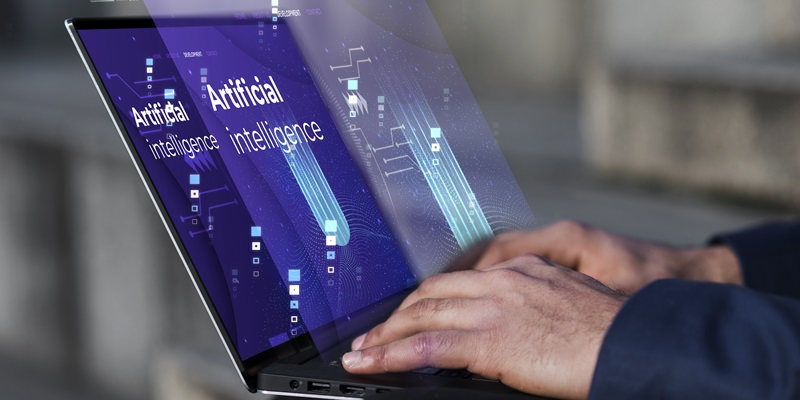In a move to revolutionize IT service management (ITSM), PagerDuty has introduced a groundbreaking tool that harnesses the power of generative artificial intelligence (AI). PagerDuty Copilot, an extension of the PagerDuty Operations Cloud, brings significant enhancements to the platform by applying advanced machine learning algorithms and automation capabilities. This article explores the features, benefits, and potential impact of generative AI on ITSM, as well as the transformative potential it holds for IT operations.
PagerDuty Copilot for the PagerDuty Operations Cloud
PagerDuty Copilot builds upon the existing investments in machine learning algorithms, taking ITSM to the next level by integrating AI capabilities. This innovative tool automates a wide range of tasks, from providing a summarization of IT incidents to creating code for automating complex workflows. By streamlining these processes, PagerDuty aims to eliminate the drudgery and toil that often burden IT operations teams, freeing them up to focus on tasks that deliver more significant value to the business.
Benefits of PagerDuty Copilot
The integration of generative AI into ITSM with PagerDuty Copilot yields several tangible benefits. First and foremost, this tool significantly boosts productivity by automating repetitive and time-consuming tasks. By reducing manual efforts, IT professionals can dedicate their skills and expertise to more critical, strategic projects, thereby driving innovation and growth within their organizations.
Pervasiveness of Generative AI in ITSM and DevOps Workflows
PagerDuty envisions the widespread application of generative AI capabilities across ITSM and DevOps workflows. The integration of AI-centric features benefits organizations by standardizing and optimizing processes, allowing for greater efficiency and seamless collaboration. With generative AI at the core, IT operations can achieve improved incident response times, enhanced system availability, and reduced downtime, ultimately leading to an enhanced customer experience.
Unclear Impact of AI on Workflow Best Practices
While the potential of AI to automate numerous tasks is promising, its implications for established workflow management practices remain uncertain. As AI takes over routine and repetitive activities, the traditional methods of managing workflows may need to evolve. Organizations must carefully assess and adapt their existing practices to effectively leverage AI as part of their IT operations strategy. This uncertainty presents an opportunity for IT teams to explore new approaches and redefine best practices in this evolving landscape.
Easier Adoption of Best Practices with AI
One significant advantage of integrating AI within ITSM is the simplified adoption of best practices. AI technologies significantly reduce the level of skill and expertise required to execute complex tasks. As a result, organizations are better equipped to implement and embrace industry-leading practices, enabling them to optimize their IT operations more efficiently and effectively.
Evolution of Task Management in the AI Era
With the rise of AI-driven automation in IT operations, the classic concept of issuing tickets to manage tasks may undergo significant transformation. AI automation empowers organizations to automatically handle and prioritize requests for services, reducing response times and enhancing efficiency. Consequently, the responsibilities of IT professionals may shift from managing mundane tasks to orchestrating and overseeing AI-powered workflows effectively.
AI’s Transformation of IT Operations Management
The integration of generative AI capabilities in ITSM has far-reaching implications. It promises to reshape how IT operations are managed, allowing organizations to scale their IT infrastructure to previously unimaginable levels. Through AI-driven automation, organizations can optimize resource allocation, predict and prevent potential incidents, and improve overall system performance. This transformation not only enhances operational efficiency but also contributes to increased business agility and resilience in today’s fast-paced digital landscape.
PagerDuty’s introduction of generative AI capabilities through PagerDuty Copilot marks a groundbreaking shift in the ITSM landscape. By automating routine tasks, organizations can unlock the full potential of their IT operations teams, enabling them to focus on strategic initiatives that drive value and innovation. The widespread application of generative AI in ITSM and DevOps workflows paves the way for improved operational excellence, enhanced customer experiences, and unprecedented scalability. As organizations navigate the ever-evolving realm of AI-powered IT operations management, careful consideration and adaptation of best practices will ensure a successful integration and harnessing of the true transformative power of generative AI.

